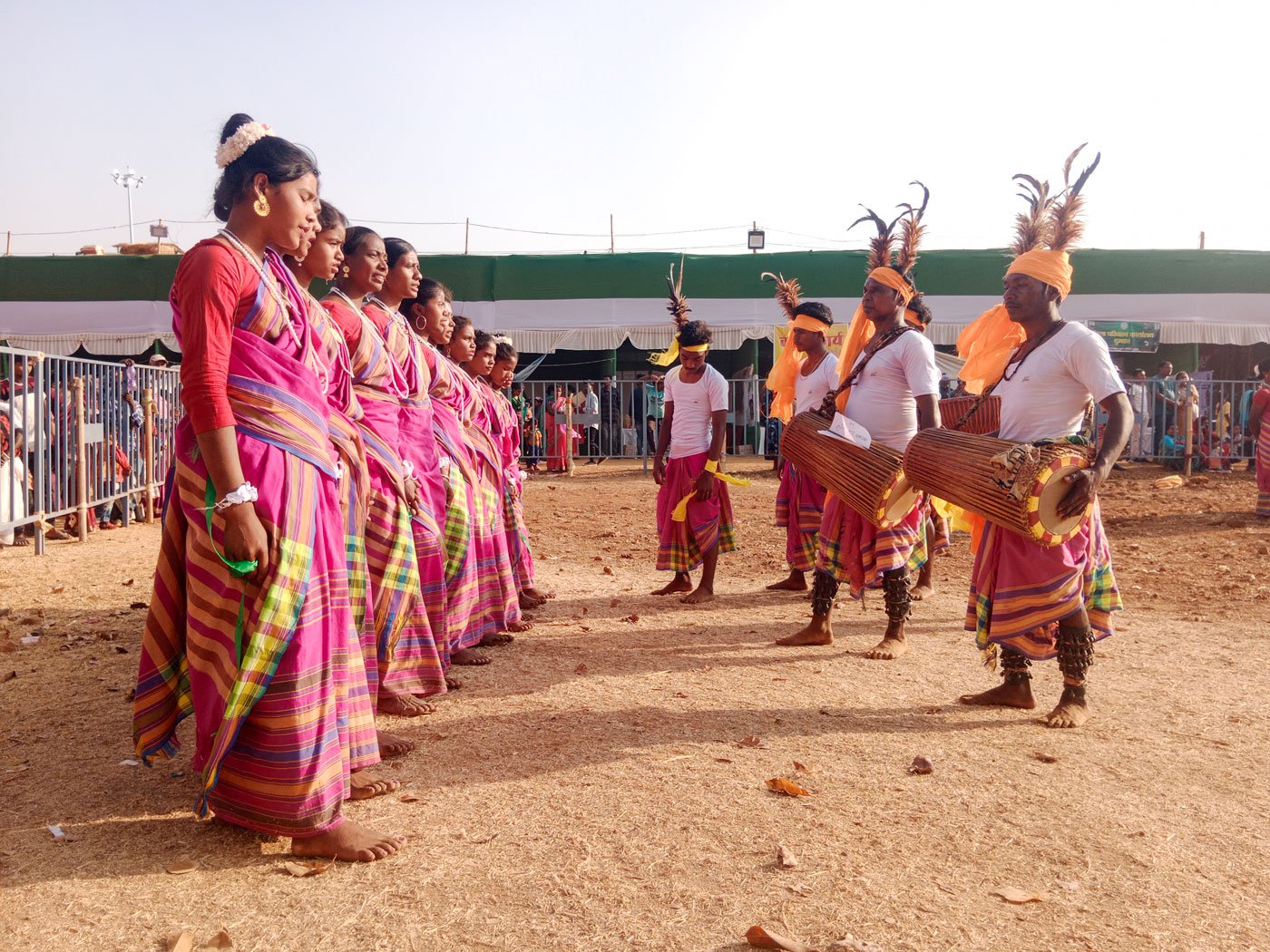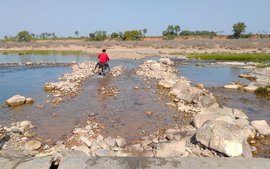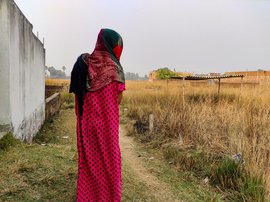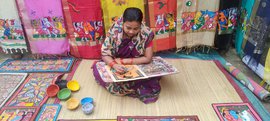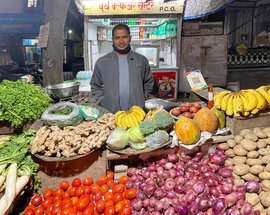“There used to be a huge sakhua
gaach
[tree] here. People from in and around Hijla village would
meet at this spot and hold a
baisi
[meeting].
When the British noticed these daily gatherings, they decided to cut the tree…
its blood dripped. The stump of the tree then turned to stone.”
Rajendra Baski is narrating this centuries-old tale sitting
where the tree used to stand in Jharkhand’s Dumka district. “The trunk of that
tree,” says the 30-year-old, “has now become a sacred place for worshipping deity Marang Buru. Santal (also spelt Santhal) tribals visit this place from
Jharkhand, Bihar and Bengal to offer their prayers.” Baski, a farmer, is the present
nayaki
(priest) of Marang Buru.
Hijla village is located in the Santal Pargana division, outside Dumka town, and has a population of 640 people as per the 2011 Census. The legendary Santal Hul – an uprising by Santals against British administration – began on June 30, 1855, under the leadership of Sido and Kanhu Murmu of Bhagnadih village (also known as Bhognadih), roughly a hundred kms from Hijla.


Left: The stump of a tree where Marang Buru is now worshipped by Santals. Right: Rajendra Baski is the present nayaki (priest) of Marang Buru
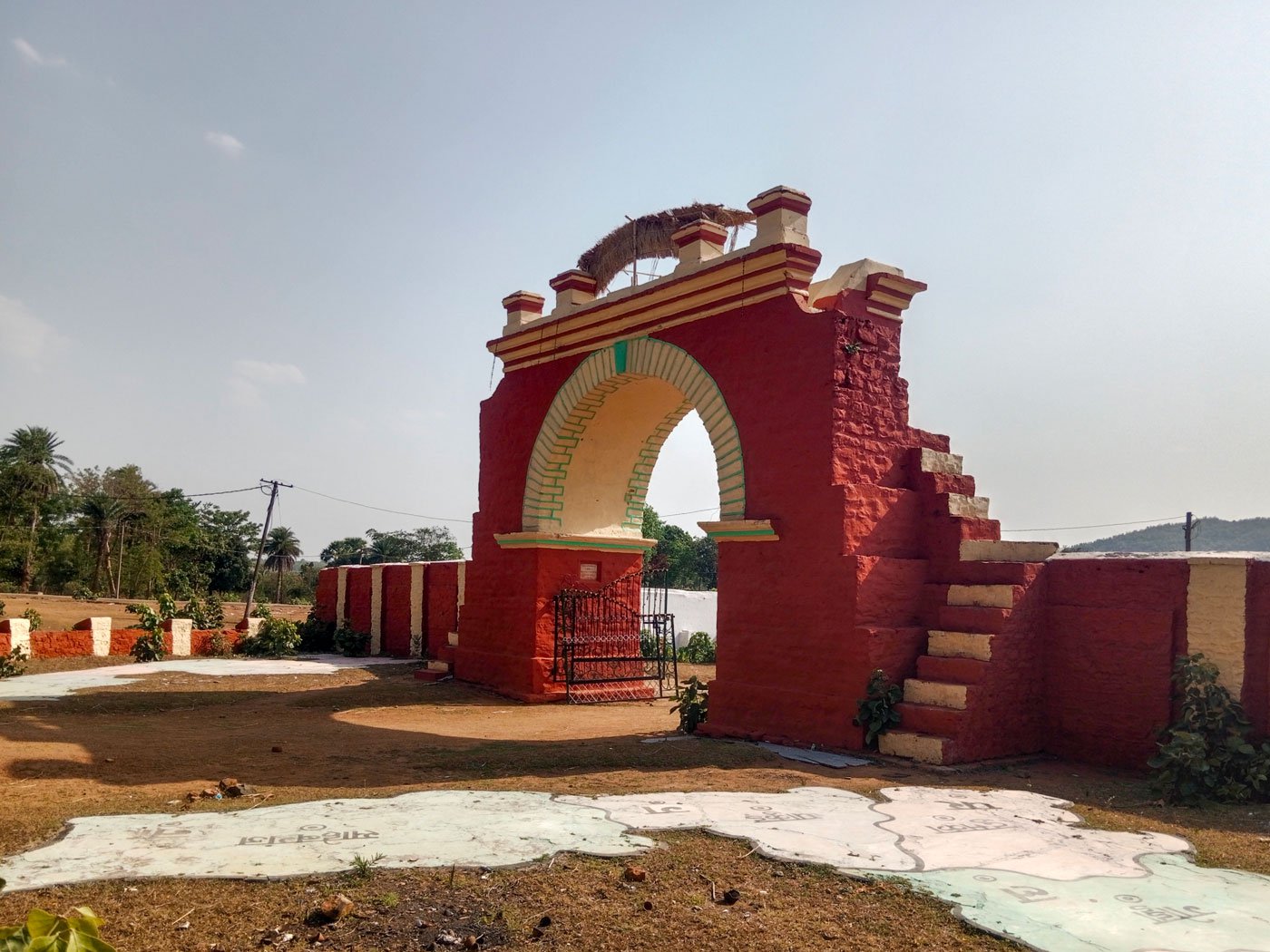

Left: A gate which was constructed by the British in the 19th century around the premises. Right: Santal artists performing at the fair
Hijla village is located around the Hijla hill, which is an extension of the Rajmahal range. So, if you begin walking from any point in the village, you come back to it after completing a circle.
“Our ancestors used to form rules and regulations for the whole year
there [at the tree],” says 50-year-old Sunilal Hansda, who has been the head of
the village since 2008. The site with the tree stump continues to be a popular place for meetings, Hansda adds.


Dance performances are staged at the Hijla fair which is held every year between February and March

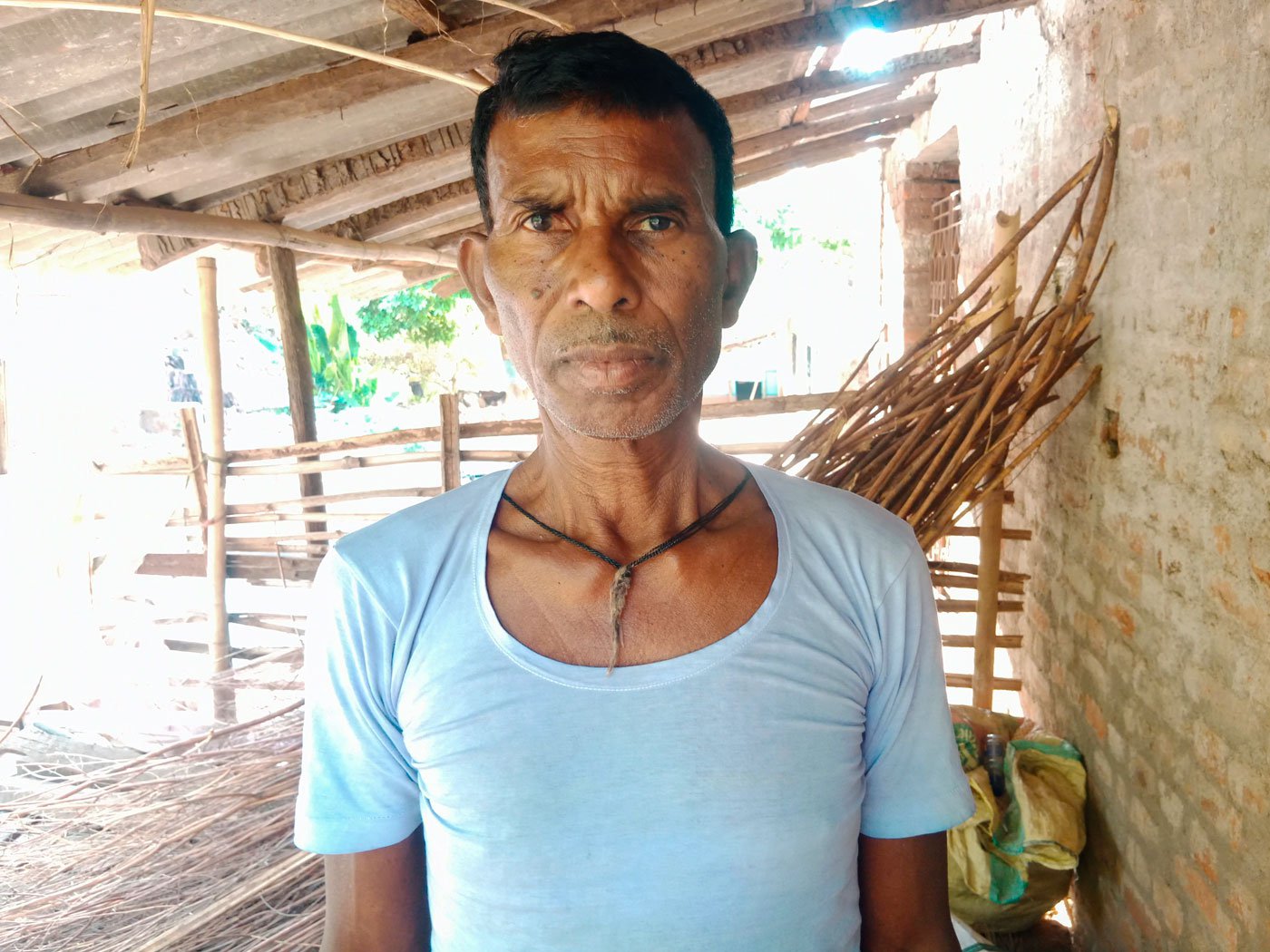
Left: A scene from the Hijla fair. Right: Sitaram Soren, a former nayaki of Marang Buru
An important fair is also held at Hijla dedicated to Marang Buru. The annual event held around Basant Panchami in February is organised on the banks of Mayurakshi river. A notice by the Government of Jharkhand states that this fair began in the year 1890 under R. Castairs, the then Deputy Commissioner of Santal Pargana.
The Hijla fair has been organised every year except for the two years during the Covid-19 pandemic, Dr. Sharmila Soren, professor of Santali at Sido Kanhu Murmu University, Dumka, told PARI. From bhala (spear) and talwar (sword) to dhol (drum) and daura (bamboo basket), a variety of items are bought and sold at the fair. Dance performances are also staged by men and women.
But with locals migrating out, “this fair is no longer ruled by tribal culture”, says 60-year-old Sitaram Soren, former nayaki of Marang Buru. He adds, “Our traditions are losing influence, and other [urban] influences are dominating now.”